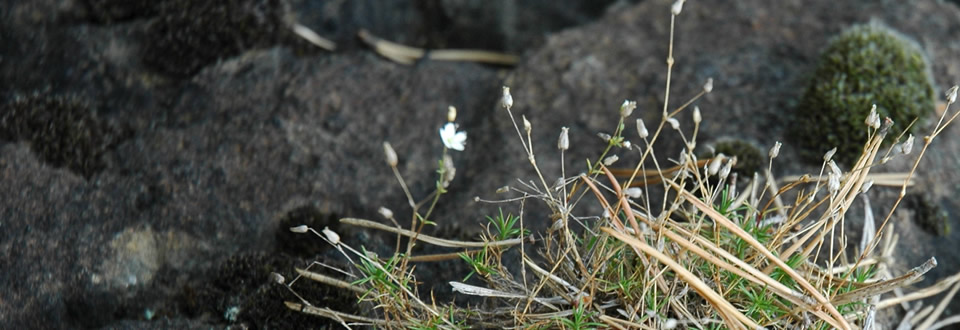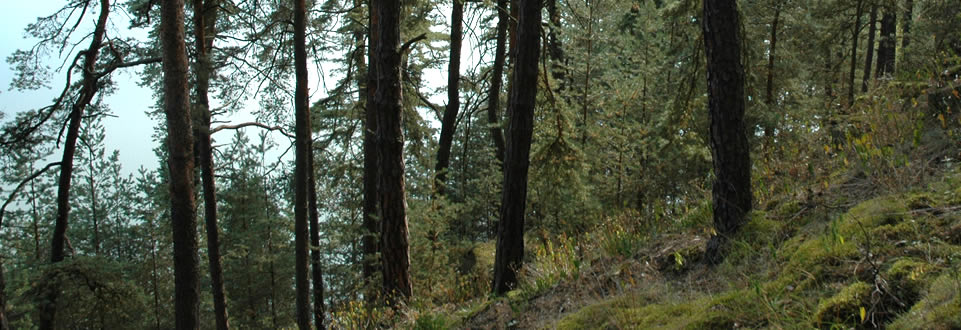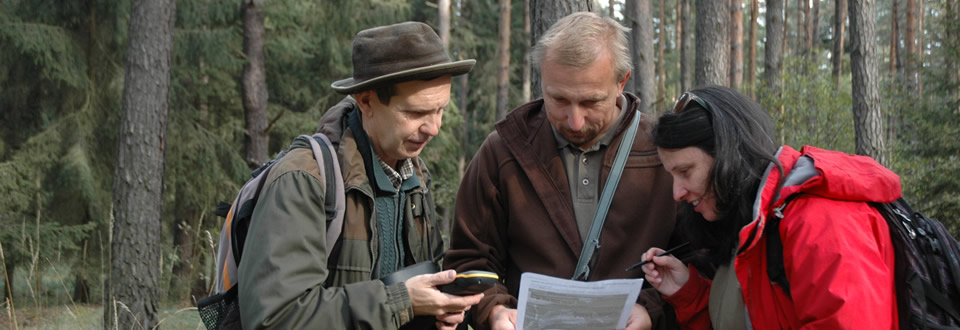Flora and fauna
Specific serpentine vegetation is well recognizable from the surrounding „non-serpentine“ vegetation. This sharp boundary is given firstly by non-serpentine species not able to growth on this type of substrate and, secondly, by the absence of serpentine species in the current vegetation. The absence of serpentine species in neighbouring communities, however, has more explanation. Serpentine species may be adapted to the specific serpentine soil conditions and therefore are unable to grow anywhere else. A second explanation is their displacement due to their weak competitive abilities. Many serpentine species belong to relict taxa that remain on these „open islands“ after the Ice Age, while from the surrounding countryside they were pushed out by the emerging forests. Due to this isolation, the plants underwent allopatric speciation and developed several endemic species. This is the region with the highest incidence of serpentine (sub)endemic species.
There is also very unique involvement of several different types of vegetation: cleft vegetation of serpentine rocks and crumbling serpentine (Asplenietum serpentini) on steep slopes and serpentine perialpine moor grass pine wood (Thlaspio Montana-Pinetum sylvestris) on the south east exposed, strongly sunlit rocks. Endemic priority species Minuartia smejkalii that is a flagship species of this area, which can be found right on serpentine rocks.
Other critically endangered species that can also be found there are: Potentilla crantzii subsp. serpentini (the largest population in the Czech Republic), thermophilic Myosotis stenophylla, Polygala amara subsp. brachyptera, Dianthus carthusianorum subsp. capilliformis, as well as endangered species (C2) Asplenium cuneifolium, Armeria vulgaris subsp. serpentini. There are also many species of regional importance such as Thlaspi montanum, Anthericum ramosum, Galium valdepilosum or Hypericum montanum. Shaded wet slopes with the northern and western aspect host grass moor pine wood often with the dominant Sesleria caerulea and very abundant Thlaspi montanum. 156 kinds of lichens and lichenicolous fungi were found in the area, among them the critically endangered Cladonia stellaris. In 2010 29 butterfly species and 194 moth species were determinated in the area. The most interesting finding is Leptidea sinapis, which occurs only at bright places in sparse serpentine pine woods. The large animals include common forest animals such as deer, hare and pigs, which have negative impact on population of M. smejkalii.








